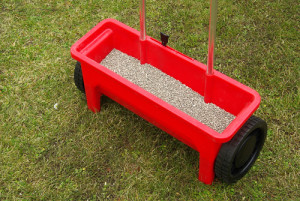Archive for Fall
Essential Fall Clean-Up Tips for a Healthy Landscape

1. Remove Fallen Leaves Regularly
2. Cut Back Perennials and Clean Up Beds
3. Prune Trees and Shrubs
4. Refresh Mulch and Protect Roots
5. Prepare Your Lawn and Equipment
6. Plan Ahead for Spring
Let DK Landscaping Handle the Heavy Lifting
September Lawn Recovery: Repairing Summer Damage for a Greener Fall
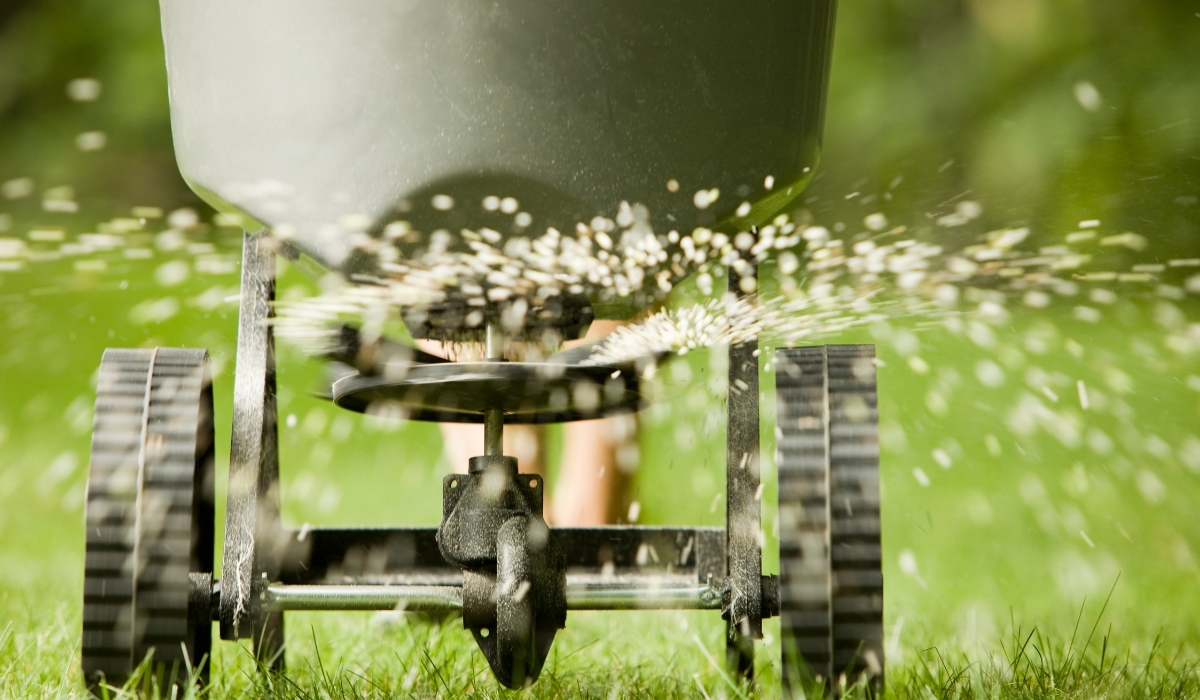
1. Aerate Your Lawn to Relieve Compaction
2. Overseed Thin or Bare Areas
3. Feed Your Lawn for Recovery
4. Address Weeds and Thatch
5. Water Consistently During Recovery
6. Maintain Good Lawn Practices
Trust the Experts for Lasting Results
Fall in Love with Your Landscape (Again!): November Tips from DK Landscaping
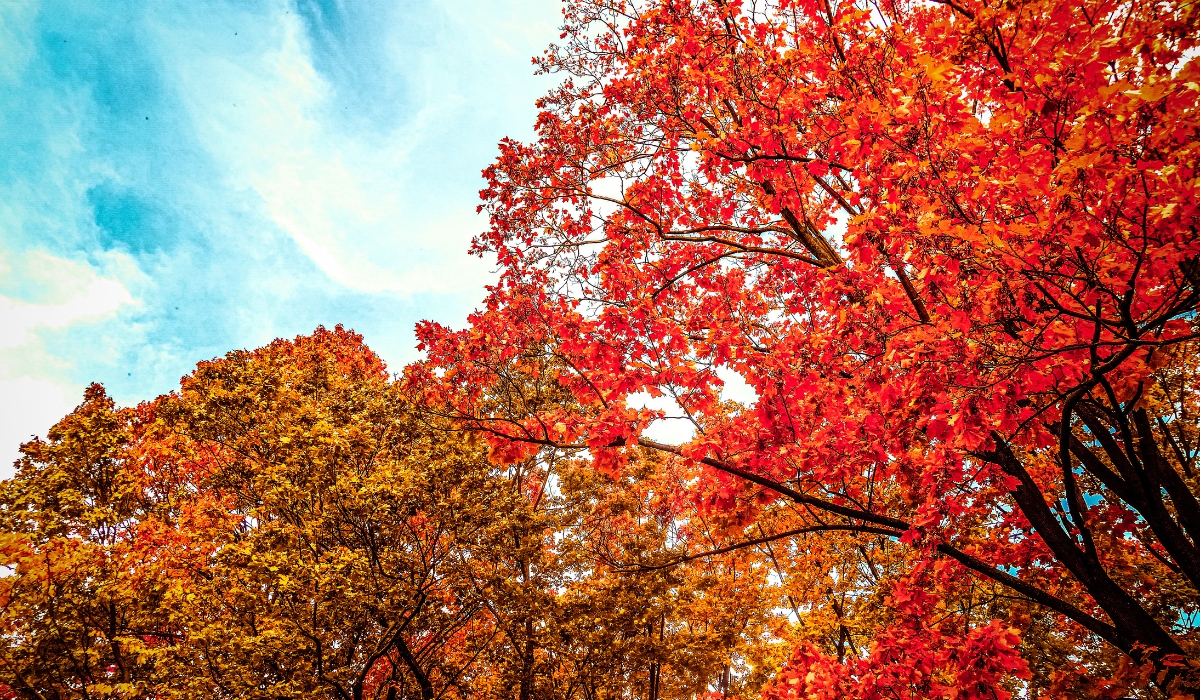
The air is getting crisper, the leaves are putting on their final, fiery show (though maybe with a little less intensity than our East Coast cousins!), and the scent of pumpkin spice is everywhere. Here in California, November marks a beautiful transition in our landscapes. While the scorching summer heat is a distant memory, it’s not quite time to huddle indoors just yet. In fact, November is a prime time to give your garden some much-needed attention and set it up for a thriving spring.
At DK Landscaping, we believe a well-maintained landscape is a year-round source of joy. So, grab a warm beverage, pull on your gardening gloves, and let’s dive into our top tips for making the most of your California garden this November!
Embrace the Post-Summer Refresh:
Summer can be tough on our plants. Now is the perfect time to assess the damage and give them some TLC:
- Deep Clean & Clear Out: Just like you might do a fall cleaning indoors, your garden needs one too! Rake up fallen leaves (they make great compost!), remove dead or diseased plant material, and clear out any lingering weeds that thrived during the warmer months. This helps prevent pests and diseases from overwintering in your garden.
- Pruning Power: Many shrubs and trees benefit from late fall pruning. Removing dead, damaged, or crossing branches improves air circulation and encourages healthy growth in the spring. Not sure where to start? Our experienced team at DK Landscaping can provide expert pruning services to ensure your plants are shaped and cared for correctly.
- Soil Love: After a long growing season, your soil might be depleted. Now is an excellent time to amend your soil with compost or other organic matter. This will improve drainage, aeration, and provide essential nutrients for the months ahead.
Watering Wisdom for Cooler Days:
While the temperatures are dropping, your plants still need water, just not as frequently as in the summer.
- Adjust Your Irrigation: Reduce your watering frequency and duration. Overwatering in cooler weather can lead to root rot. Observe your plants and the soil moisture levels to determine the right schedule.
- Water Deeply and Less Often: When you do water, water deeply to encourage strong root growth.
- Consider Rainfall: Keep an eye on the forecast! If we get a good amount of rain, you can likely skip a watering cycle.
Planting for the Future:
Believe it or not, November is a fantastic time for certain types of planting in California:
- California Natives: Many California native plants thrive when planted in the fall. The cooler, wetter conditions allow their roots to establish before the heat of summer arrives. Consider adding some beautiful and drought-tolerant natives to your landscape.
- Cool-Season Vegetables: If you enjoy fresh produce, now is the time to plant cool-season vegetables like lettuce, spinach, kale, broccoli, and garlic.
- Spring-Blooming Bulbs: Dreaming of vibrant tulips, daffodils, and hyacinths in the spring? Now is the time to plant those bulbs! They need the cool winter months to develop properly.
Don’t Forget the Details:
- Clean Your Tools: Before storing your gardening tools for the winter, clean and sharpen them. This will keep them in good condition and ready for action in the spring.
- Protect Tender Plants: If you have any frost-sensitive plants, consider moving them indoors or providing some form of protection on colder nights.
- Enjoy Your Space! Even with the cooler weather, take some time to appreciate the beauty of your fall landscape. It’s a different kind of beauty, but just as rewarding.
Ready to Give Your Landscape Some November Love?
At DK Landscaping, we’re passionate about helping you create and maintain a beautiful and healthy outdoor space year-round. Whether you need help with fall cleanup, pruning, planting, or simply want some expert advice, our team is here for you.
Contact DK Landscaping today for a consultation and let us help you fall in love with your landscape all over again this November!
Fall Landscaping Prep: Preparing Your California Yard for the Changing Season
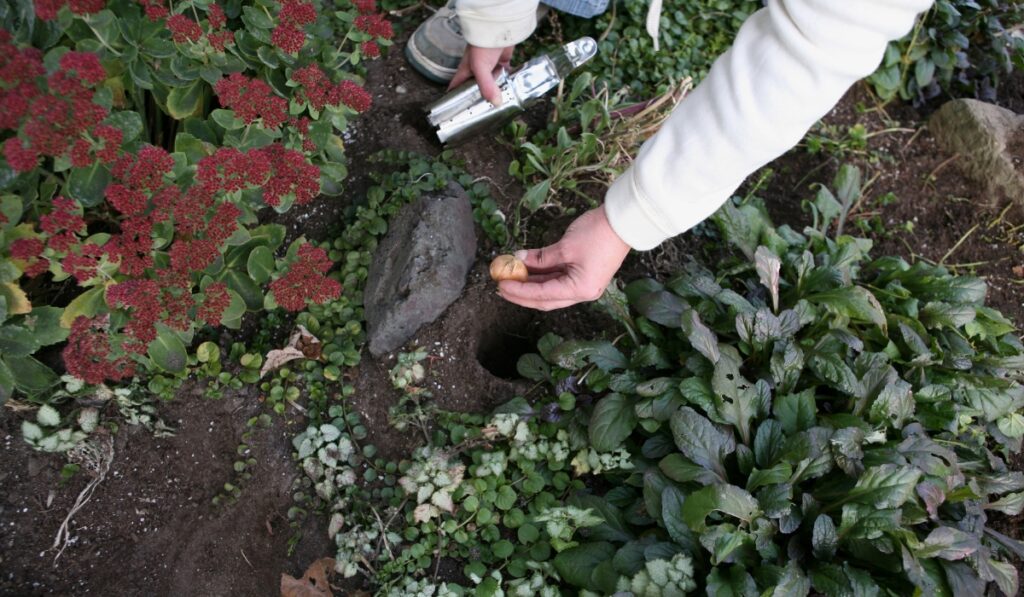
As the summer sun begins to soften and the days grow shorter, it’s time to shift our focus to fall landscaping preparation. At DK Landscaping, we understand the importance of transitioning your yard smoothly into the cooler months, ensuring a healthy and beautiful landscape that thrives through winter and bursts with life come spring.
Cleaning Up Summer Debris
The first step in fall landscaping prep is a thorough cleanup. Remove any fallen leaves, spent flowers, and debris from your yard. This not only tidies up the space but also helps prevent pests and diseases from overwintering. Pay close attention to areas around trees and shrubs, where fallen leaves can accumulate and create a damp environment that encourages fungal growth.
Preparing Soil for Fall Planting
Fall is the perfect time to revitalize your soil and prepare it for new plantings. Incorporate organic matter like compost or well-rotted manure into your garden beds. This improves soil structure, drainage, and nutrient content, providing a nourishing environment for your plants to establish strong roots.
Protecting Plants from Early Frosts
While California enjoys relatively mild winters, early frosts can still occur, especially in inland areas. Take preventative measures to protect sensitive plants:
- Covering: Use frost blankets or burlap to cover tender plants during cold nights.
- Mulching: Apply a thick layer of mulch around the base of plants to insulate the roots and protect them from freezing temperatures.
- Moving Container Plants: Bring potted plants indoors or to a sheltered location to shield them from frost.
Additional Fall Landscaping Tips
- Lawn Care: Aerate your lawn to improve drainage and reduce compaction. Overseeding can help thicken thin or bare spots.
- Pruning: Prune summer-flowering shrubs and trees after they finish blooming to encourage new growth in the spring.
- Irrigation: Adjust your watering schedule to accommodate cooler temperatures and reduced plant needs.
- Pest and Disease Control: Monitor your plants for signs of pests and diseases, and take action as needed.
DK Landscaping: Your Partner in Fall Landscape Preparation
Preparing your landscape for fall can be a daunting task, but DK Landscaping is here to help. Our team of experienced professionals can assist with everything from debris removal and soil preparation to plant protection and winterization. We’ll ensure your yard is ready to face the changing seasons and emerge healthy and vibrant in the spring.
Contact us today for a free consultation and let’s get your landscape ready for a beautiful fall and winter.
Remember, fall is a time of transition and renewal in the garden. By taking the necessary steps to prepare your landscape now, you’ll set the stage for a thriving and beautiful garden in the seasons to come.
Fall Planting Guide for California: Sowing the Seeds of Spring
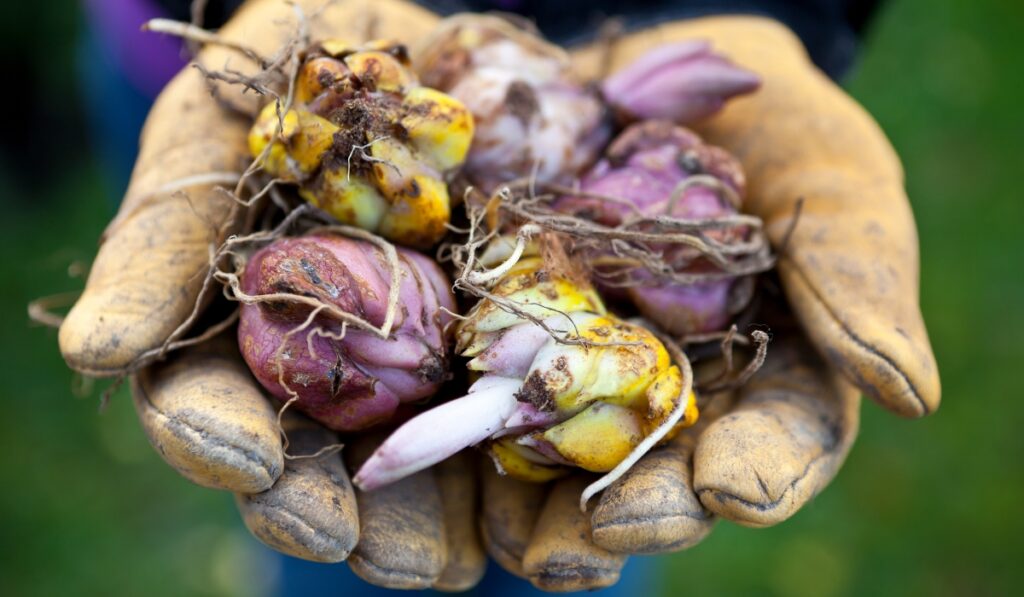
As summer’s heat begins to fade and the days grow shorter, September marks the perfect time to start planting for a vibrant spring garden in California. The mild temperatures and occasional rain showers create ideal conditions for seeds and young plants to establish strong roots before winter dormancy. At DK Landscaping, we’re passionate about helping you make the most of this planting season, ensuring your garden bursts with color and life come springtime.
Flowers to Plant in September
Embrace the anticipation of spring by planting these stunning flowers now:
- Bulbs: September is prime time for planting spring-blooming bulbs like tulips, daffodils, hyacinths, crocus, and anemones. These beauties will add pops of color and cheer to your garden as the days grow longer.
- Wildflowers: Consider sowing a wildflower mix for a naturalized and pollinator-friendly display. California poppies, lupines, and clarkias are excellent choices for a vibrant spring meadow.
- Cool-season annuals: Pansies, violas, primroses, and snapdragons thrive in the cooler temperatures of fall and winter, providing early color to your garden.
- Perennials: Fall is an ideal time to divide and transplant perennials or plant new ones. Consider options like columbine, coreopsis, and penstemon for long-lasting beauty.
Vegetables to Plant in September
Extend your harvest season and enjoy fresh produce throughout the fall and winter by planting these vegetables:
- Leafy Greens: Lettuce, spinach, kale, arugula, and Swiss chard thrive in the cooler temperatures of fall and winter.
- Brassicas: Broccoli, cauliflower, Brussels sprouts, and cabbage are perfect for fall planting, as they prefer milder conditions.
- Root Vegetables: Carrots, beets, radishes, and turnips can be sown in September for a late fall or winter harvest.
- Alliums: Plant garlic and shallots in September for a flavorful harvest next summer.
Shrubs to Plant in September
Add structure and year-round interest to your landscape by planting shrubs in the fall:
- Evergreen Shrubs: Ceanothus, manzanita, and toyon provide beautiful foliage and attract pollinators.
- Flowering Shrubs: Consider planting camellias, azaleas, and rhododendrons for stunning spring blooms.
- Fruiting Shrubs: Plant blueberries, raspberries, and currants in the fall for a delicious harvest next year.
Essential Tips for Successful Fall Planting
- Prepare Your Soil: Amend your soil with compost or other organic matter to improve drainage and fertility.
- Choose the Right Location: Consider each plant’s sun and shade requirements when choosing a planting spot.
- Water Wisely: Water deeply and less frequently, allowing the soil to dry out slightly between waterings.
- Protect from Pests: Monitor your plants for signs of pests and take preventative measures to protect them.
- Mulch: Apply a layer of mulch around your plants to conserve moisture, suppress weeds, and regulate soil temperature.
DK Landscaping: Your Partner in Fall Planting
At DK Landscaping, we understand the unique needs of California gardens. Our team of experts can guide you through the fall planting process, providing personalized recommendations and professional installation services to ensure your garden thrives.
Contact us today for a free consultation and let us help you create a stunning spring garden that will bring joy and beauty for years to come.
Remember, fall planting is an investment in the future of your landscape. By taking advantage of this ideal planting season, you can create a vibrant and flourishing garden that welcomes spring with open arms.
Choosing the Best Evergreens for Your Landscape
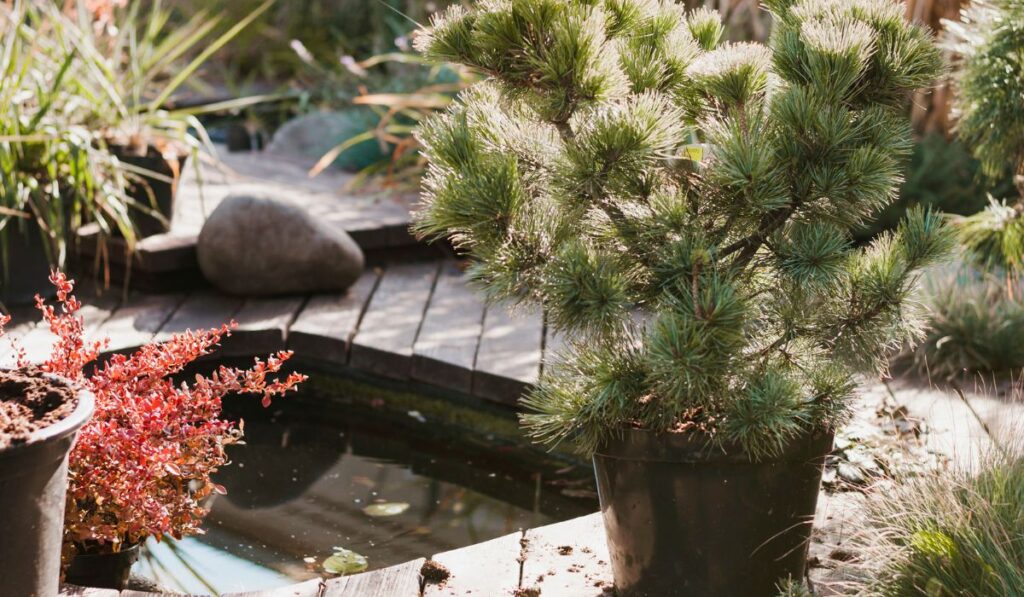
In the world of landscaping, evergreens are akin to the steadfast friends who stand by you year-round, irrespective of the season. They provide a constant splash of color when the rest of your garden has succumbed to the winter chill.
At DK Landscaping, we understand that choosing the right evergreens is crucial to ensuring your garden remains vibrant and dynamic throughout the year. Here’s a comprehensive guide to help you with your evergreen landscaping projects.
Understand Your Landscape’s Needs
Before diving into the plethora of evergreen landscaping options, it’s essential to assess the specific needs of your landscape. Consider the following:
- Climate Zone: Evergreens vary in their hardiness. Ensure the species you choose can thrive in your area’s climate.
- Soil Type: The success of an evergreen largely depends on the soil it’s planted in. Know your soil type and choose plants that will flourish in those conditions.
- Space and Size: Account for the mature size of the evergreen to ensure it fits well in your space without overcrowding.
- Sunlight: Some evergreens prefer full sun, while others thrive in partial shade. Understand the sunlight patterns in your landscape to make an informed choice.
Types of Evergreens
Evergreens come in various forms – trees, shrubs, and groundcovers. Each brings its unique aesthetic and functional qualities to your landscape.
Evergreen Trees
- Spruce (Picea spp.): With their classic Christmas tree shape, spruces are a popular choice. They offer dense foliage and can act as excellent windbreaks or privacy screens.
- Pine (Pinus spp.): Pines are known for their long, slender needles and are often used for their fast growth and stately appearance.
- Cedar (Cedrus spp.): Cedars are valued for their distinctive, often aromatic wood and rugged, shaggy appearance, adding a rustic charm to the landscape.
Evergreen Shrubs
- Boxwood (Buxus spp.): Boxwoods are versatile shrubs, perfect for creating hedges or topiaries. They’re known for their dense, bright green foliage and ease of maintenance.
- Rhododendron (Rhododendron spp.): Besides evergreen foliage, rhododendrons offer spectacular blooms, adding a splash of color to your garden in the spring.
- Holly (Ilex spp.): With their glossy leaves and bright red berries, hollies are both beautiful and great for attracting wildlife.
Evergreen Groundcovers
- Juniper (Juniperus spp.): Junipers are low-maintenance groundcovers that provide excellent erosion control on slopes and add texture to the landscape.
- Creeping Phlox (Phlox subulata): While not evergreen in the traditional sense, creeping phlox offers early spring flowers and retains its needle-like leaves year-round.
- Pachysandra (Pachysandra terminalis): This groundcover thrives in shaded areas where other plants struggle, providing a lush, green carpet.
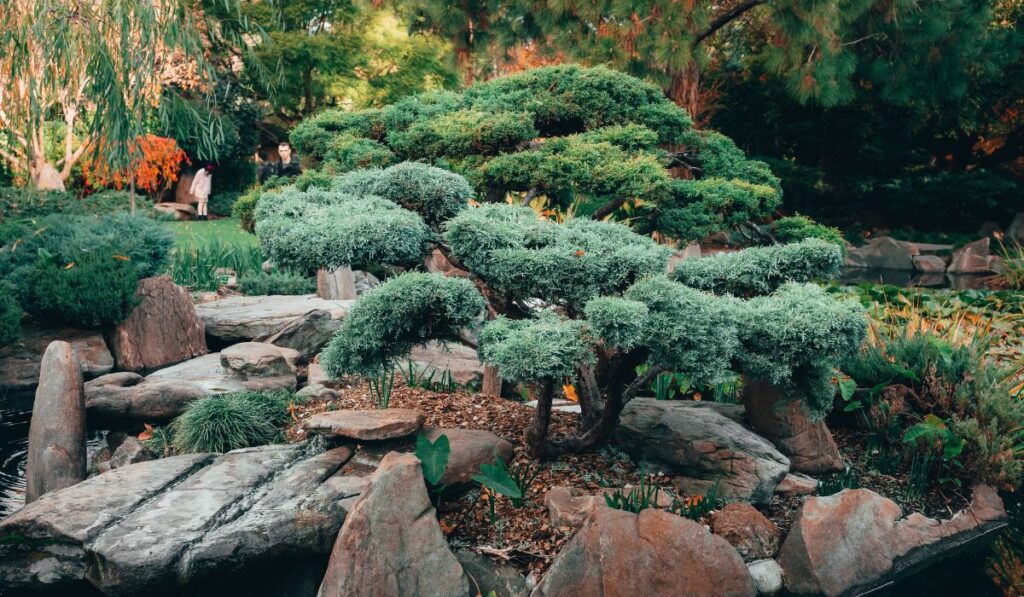
Aesthetic Considerations
Evergreens are not just about green. They come in a spectrum of colors – from the blue-green hues of the blue spruce to the golden tips of the ‘Sunshine’ ligustrum. The texture of the foliage can also vary greatly, from the soft, feathery fronds of a fern pine to the rigid, needle-like leaves of a holly.
When selecting evergreens, consider how their color, texture, and form will complement your existing landscape. Think about how they will look during different seasons and at various times of the day.
Practical Considerations
Beyond aesthetics, evergreens serve practical purposes in a landscape:
- Privacy: Tall evergreens like arborvitae or clumping bamboo can create a natural privacy screen.
- Windbreaks: Dense evergreens can protect your home and garden from harsh winds.
- Sound Barrier: The thick foliage of evergreens can help reduce noise pollution.
- Wildlife Habitat: Many evergreens provide shelter and food for birds and other wildlife.
Evergreen Maintenance and Care
While evergreens are generally low-maintenance, they do require some care:
- Watering: Newly planted evergreens need regular watering until they’re established. Even drought-tolerant varieties may need extra water during prolonged dry spells.
- Pruning: While most evergreens require little pruning, some may benefit from occasional trimming to maintain shape and health.
- Pest and Disease Management: Be vigilant about pests and diseases. Early detection and treatment can prevent serious damage.
Making the Choice is Ultimately Up to You
When choosing evergreens for your landscape, it’s not just about picking a plant; it’s about creating an ambiance, fulfilling practical needs, and ensuring the overall health and beauty of your garden. At DK Landscaping, we believe that with the right knowledge and a thoughtful approach, you can transform your landscape into a year-round haven of tranquility and beauty.
For More Evergreen Landscaping Ideas, Contact DK Landscaping
Selecting the right evergreens is a nuanced process that involves understanding your landscape’s specific needs, the unique characteristics of different evergreens, and how they fit into the broader aesthetic and practical context of your garden. With careful consideration and a strategic approach, you can ensure that your landscape remains vibrant and dynamic throughout the year, offering a serene and inviting outdoor space that reflects your personal style and meets your practical needs.
Remember, your landscape is a living, evolving canvas, and the evergreens you choose are the strokes that define its character and beauty across seasons. Contact DK Landscaping now for help with your evergreen landscaping projects!
Fall Garden Care
Fall is coming, and you should consider these useful tips as part of your garden care regime. After a flourishing summer of fighting weeds take pleasure in promoting a wholesome garden. This is truly a great time to entertain your family and friends in your backyard. By adhering to these easy fall garden care methods, you can ensure that it’s ready to be even more charming next spring.
Fall Garden Tips – Here’s What To Do
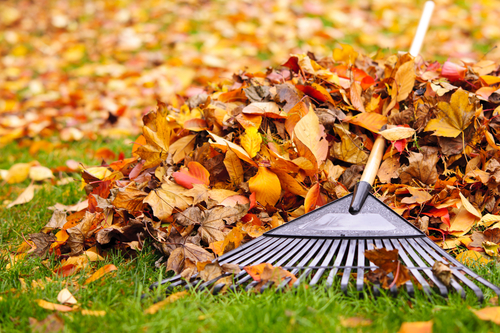
By the fall season, you should already be victorious in eradicating the weeds on your lawn. You should deal with any hold-outs before the leaves and snow make it too complex for you to handle. As it can be more difficult to handle the weeds. In addition, weeds can be extremely vigorous and can take over in the fall season when your lawn is less lively.
You should ensure that your lawn has an in-depth raking before snow falls. As time goes by, the leaves will begin to decay, depleting moisture out of the soil and encouraging a heartening dwelling for insects that may be damaging to your lawn. In addition, the plentiful layer of decomposed leaves may also leave behind dead spots in your lawn in the spring. Permitting weeds to rapidly move in and take over.
Over time, the soil of your lawn becomes flattened, decreasing the air pockets that permit nutrients and water to nourish the base of the roots. To fight this, ensure that you have your lawn aerated on a yearly basis. The best time to do this would be in the fall season. As it gives your lawn an opportunity to obtain the nutrients and water required for long term sustainability.
As your lawn matures it gets fatigued and the reproduction of your lawn decreases. Homeowners never want to see their lawns look unhealthy. It is suggested that your cover your entire lawn with grass seed before snow begins to fall. This will promote new lawn to start growing that will fill in the ailing areas. Consequently, next spring will have a winsome lawn outside.
There is an exceptional fall fertilizer that will assist your lawn with all the nutrients required to be wholesome in the fall season. This will encourage them to back even stronger in the spring season. It is better to fertilize early in the fall season to have your lawn charming and healthy in the autumn. Contact us and take pride in having a lawn that is luxurious.
Lawn Fertilizer – Fall Vs Winterizer Fertilizer – What’s the Difference?
If you own property, you probably know that you should fertilize the lawn. However, some home and business owners are unaware that lawn fertilization should be performed more than once per year. Fall fertilizer is required as is winterizer fertilizer. The winter variety is specially designed to help your grass make it through the winter while the fall fertilizer serves its own unique purposes. Let’s take a closer look at the differences between the two.
Fertilizer Overview
It is important to note that just about all bags of fertilizer have three numbers on the front. Each represents one of the primary ingredients within the fertilizer. These ingredients stand for potassium (K), phosphorous (P) and nitrogen (N). In general, lawn fertilizer formulas typically have a formula of 29-3-4. This means that the fertilizer has 29 percent nitrogen, 3 percent phosphorous and 4 percent potassium. Both fall and winterizer fertilizer stimulate root growth. Yet each contains its own unique mix of potassium, phosporous and nitrogen.
Fall Fertilizer
Fall fertilizer is specially designed to stimulate the growth of new roots. It contains a delicate balance of potassium and phosphorous designed to spur growth. This special blend allows the grass to “dig in” and prepare for the rough winter weather. Additionally, fall fertilizer sets the stage for the lawn’s roots to make full use of the winterizer fertilizer that will be added later in the year. Fall fertilizer works best when applied to soil that has a temperature that has dropped to a 70 degrees Fahrenheit. Yet it will not be as effective if applied when the soil temperature dips below 55 degrees.
Winterizer Fertilizer
Many lawn care experts are adamant that winterizer fertilizer is the most important of all fertilizer applications. It helps the roots of the grass absorb and store nutrients as they continue to grow until the ground eventually freezes at some point in the winter. These nutrients are then readily available when temperatures increase in the spring season.
Winterizer fertilizer should be applied about four to five weeks after the application of the fall fertilizer. Ideally, this will occur at some point in October or November. By this point, the new (but empty) roots have formed and the ground is moving toward the freezing mark. It is specially designed with high levels of nitrogen to promote the accumulation and storage of carbohydrates before the soil freezes. This nitrogen is held in reserve throughout the winter, in anticipation of the spring growing season. Winterizer fertilizer also contains more potassium than regular fertilizer. The role of the added potassium is to boost the grass’s tolerance for the cold and bolster the root systems.
Winterizer fertilizer does more than just prepare the grass for the nasty winter ahead. It also functions to feed the grass throughout the winter to keep it healthy and a lovely green shade (yes, even throughout the winter). Apply winterizer fertilizer in the proper amount at the right time and it will help your grass look an even more gorgeously rich green when the spring season rolls around a few months later. Aside from increasing grass aesthetics in the winter and spring, winterizer fertilizer’s influx of nutrients also induces quicker “green-up” growth in the early days of spring.
Your Lawn Deserves Both Fall and Winterizer Fertilizer
Do your lawn an enormous favor by applying both fall and winterizer fertilizer at the appropriate times. If you have any questions or concerns about your grass, landscaping or other outdoor maintenance issues like irrigation, water conservation or general repairs, do not hesitate to reach out to us for assistance.
Raking Leaves – for Aesthetics or Maintenance?
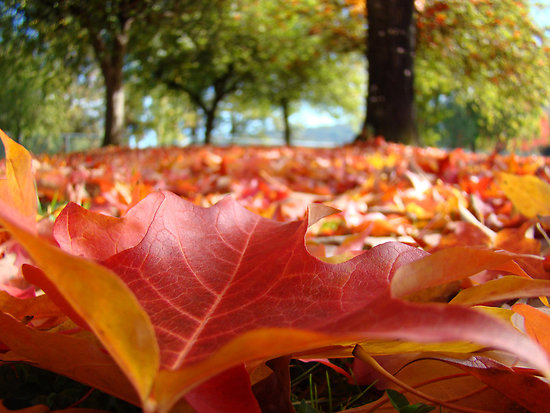 As wonderful as Autumn is, removing the fallen leaves from your lawn in the late fall is not generally regarded as a fun task. It’s time consuming and a bit tedious. You’ll be glad to know the payoff for all your labor goes beyond simply enhancing the curb appeal of your property. Removing fallen leaves is not only vital for the health of your lawn, but the beauty of it as well.
As wonderful as Autumn is, removing the fallen leaves from your lawn in the late fall is not generally regarded as a fun task. It’s time consuming and a bit tedious. You’ll be glad to know the payoff for all your labor goes beyond simply enhancing the curb appeal of your property. Removing fallen leaves is not only vital for the health of your lawn, but the beauty of it as well.
Excessive leaf matter on your lawn going into winter is bad for several reasons. Why you might ask? When your lawn becomes buried in layers of leaves, it becomes smothered and is deprived of water, air and nutrients it needs to survive. Without proper leaf removal your lawn will also become a breeding ground for fungi, disease and insects. Additionally, when leaves shade the grass they prevent it from receiving the sunlight it needs to thrive. While a few scattered leaves on the lawn won’t do much harm, a heavy thick layer will. Leaves left in place over the winter often become compacted and cause extensive damage to your lawn which can lead to increased costs and maintenance in the Spring.
Instead of raking the leaves, wait until they’re good and crunchy (ripe for jumping into), and then mow the leaves into little pieces. Then, you can just leave them! The leaves will serve as mulch and will protect the soil around your trees, shrubs, or garden.
Another option you have is to compost your leaves, but you simply can’t rake up all your leaves into a big pile and expect them to compost themselves. Composting requires regular turning of the leaves as well as the right amount of moisture.
Want to leave the fall clean-up work load for someone else? DK Landscaping Services offers both leaf removal and fall clean-up services. These services help ensure your landscape is clear of debris and fallen leaves are removed, preventing mold and fungus from growing. Give us a call (707) 280-3632.
Harvesting Your Vegetables

As the fall gardening season comes to an end, it’s definitely time to think about processing and storing the harvest. From roasted pumpkins/squash, steaming kale, to making delicious soups and stews, you’ll probably have plenty of delicious vegetables to keep you busy processing and freezing for weeks to come. Here are some tips from DK Landscaping on harvesting and storing those vegetables you grew this summer and fall:
Pumpkins and Squash – These vegetables are best harvested when the vine has dried up. If you’re threatened by frost, be sure to cover the vegetables with a blanket overnight. They’re delicious in soups, desserts and main entrees, and they can be processed immediately or stored in a cool, dry, dark environment for up to 8 months.
Leafy Vegetables – Kale, spinach, collard greens and cabbage are great growers during the fall months and often will survive a light frost. Pick the leaves when they’re young and tender, as they’ll taste better. Serve immediately or store in a cool setting for up to a week. Cabbage can be steamed and frozen or pickled for serving later in the year.
Root Vegetables – If you planted a second crop of radishes, carrots, beets or parsnips this fall, you can keep them in the ground until they reach the size you desire for eating. They’ll survive until the ground freezes hard, but typically are picked before then because they’re not as tasty when overgrown. These vegetables will keep in the refrigerator for a week, so be sure to plan them into your weekly menus shortly after picking them.
If you are already thinking ahead to your harvest for next summer, this is the perfect time to plant garlic. Wait until the first frost has passed, because you want the soil to be a bit cooler. The bulbs will thrive in the winter and produce beautiful large bulbs to be picked in the summer.
For more information about your harvest, contact DK Landscaping.


